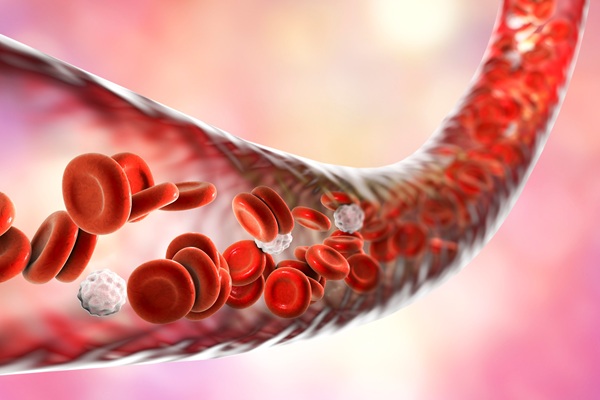Multiple Sclerosis Associated with Leaked Hemoglobin in Brain
By LabMedica International staff writers
Posted on 05 Jan 2017
In multiple sclerosis (MS), progressive disease develops in over half of those who present with an initial relapsing phase, known as secondary progressive MS (SPMS), but can also present as primary progressive MS (PPMS).Posted on 05 Jan 2017
Unlike relapsing-remitting MS (RRMS), where an inflammatory response involving the adaptive immune system leads to episodic neurological deficits, in progressive MS neuroaxonal loss leads to an increasing neurological deficit and brain atrophy. When red blood cells break down they release hemoglobin into the blood stream. Normally, the protein would then be prevented from entering the brain by the semi-permeable membrane between the bloodstream and the brain.

Image: The SpectraMax M Series multimode microplate reader (Photo courtesy of Molecular Devices).
Scientists at the Imperial College London (UK) analyzed blood samples of 140 patients with secondary progressive MS, taken over a two-year period, and looked for any proteins raised above normal levels. The team also analyzed brain scans of the patients, as well as blood samples from 20 healthy controls, and 40 patients with other medical conditions apart from MS.
The scientists used surface-enhanced laser desorption-ionization time-of-flight (SELDI-TOF) mass spectrometry to analyze serial serum samples from the population that participated in the study, to identify proteins whose abundance was associated with Magnetic resonance imaging (MRI)-measured brain atrophy rate. Time-of-flight spectra were generated using a PCS-4000 mass spectrometer (Bio-Rad, Hercules, CA, USA). Free hemoglobin levels were assayed by enzyme-linked immunosorbent assay (ELISA) and the absorbance was measured at 450 nm on a SpectraMax microplate reader (Molecular Devices, Sunnyvale, CA, USA). Serum lactate dehydrogenase (LDH) activity was assayed by the conversion of lactate to pyruvate, using the absorption of light at 340 nm by the reaction product nicotinamide adenine dinucleotide (NADH).
The team found that there was a significant correlation between the rate of brain atrophy and a rise in the concentration of proteins at 15.1 kDa and 15.9 kDa in the serum. Tandem mass spectrometry identified these proteins as alpha-hemoglobin and beta-hemoglobin, respectively. The abnormal concentration of free serum hemoglobin was confirmed by ELISA. The serum lactate dehydrogenase activity was also highly significantly raised in patients with secondary progressive multiple sclerosis. They calculated that a 30% increase in free hemoglobin levels resulted in an increased rate of brain shrinkage by 0.1%. This could make a significant difference to a patient's symptoms.
Charles R. M. Bangham, MRCP, PhD, ScD, a professor and lead author of the study said, “The iron escapes from the hemoglobin, and may then result in the cell damage and brain shrinkage we see in secondary progressive MS. We were amazed by the results, and we were surprised by the size of the apparent effect of hemoglobin on brain shrinkage. Over a number of years it could significantly impact a patient's symptoms.” The study was published on December 23, 2016, in the journal Wellcome Open Research.
Related Links:
Imperial College London
Bio-Rad
Molecular Devices









 assay.jpg)



